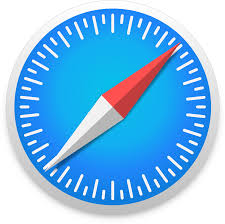What is padding in CSS?
By using CSS padding property, you can add space around an element within its borders:
This property is actually a shorthand for four CSS padding subproperties:
padding-toppadding-rightpadding-bottompadding-left

- Easy to use with a learn-by-doing approach
- Offers quality content
- Gamified in-browser coding experience
- The price matches the quality
- Suitable for learners ranging from beginner to advanced
- Free certificates of completion
- Focused on data science skills
- Flexible learning timetable

- Simplistic design (no unnecessary information)
- High-quality courses (even the free ones)
- Variety of features
- Nanodegree programs
- Suitable for enterprises
- Paid Certificates of completion

- Easy to navigate
- No technical issues
- Seems to care about its users
- Huge variety of courses
- 30-day refund policy
- Free certificates of completion
Syntax for CSS padding
The padding CSS property accepts from one to four values:
padding: value1 value2 value3 value4;
The values for the padding CSS property can be written in px, pt, %, cm, etc. The default value is 0. The value can also be initial which sets the property to its default value, or inherited which sets the value to be the same as its parents.
If you only specify one value, it is used to modify the CSS padding on all four sides:
If you define two values, the first one will affect padding for the top and bottom sides, and the second value will affect padding for the right and left sides:
If you specify three values, the first value defines top padding, the second value defines right and left padding, and the third value sets the padding to the bottom:
If you define all four values, all four sides are set in a clockwise manner: top, right, bottom, left:
Note: you cannot set negative values for the
paddingCSS property.
Browser support

Chrome

Edge

Firefox

IE

Opera

Safari
Mobile browser support

Chrome

Firefox

Opera

 HTML
HTML  CSS
CSS  PHP
PHP  JavaScript
JavaScript  SQL
SQL  Bootstrap
Bootstrap  Solidity
Solidity  jQuery
jQuery  Git
Git  Chrome DevTools
Chrome DevTools  C++
C++  Python
Python 


